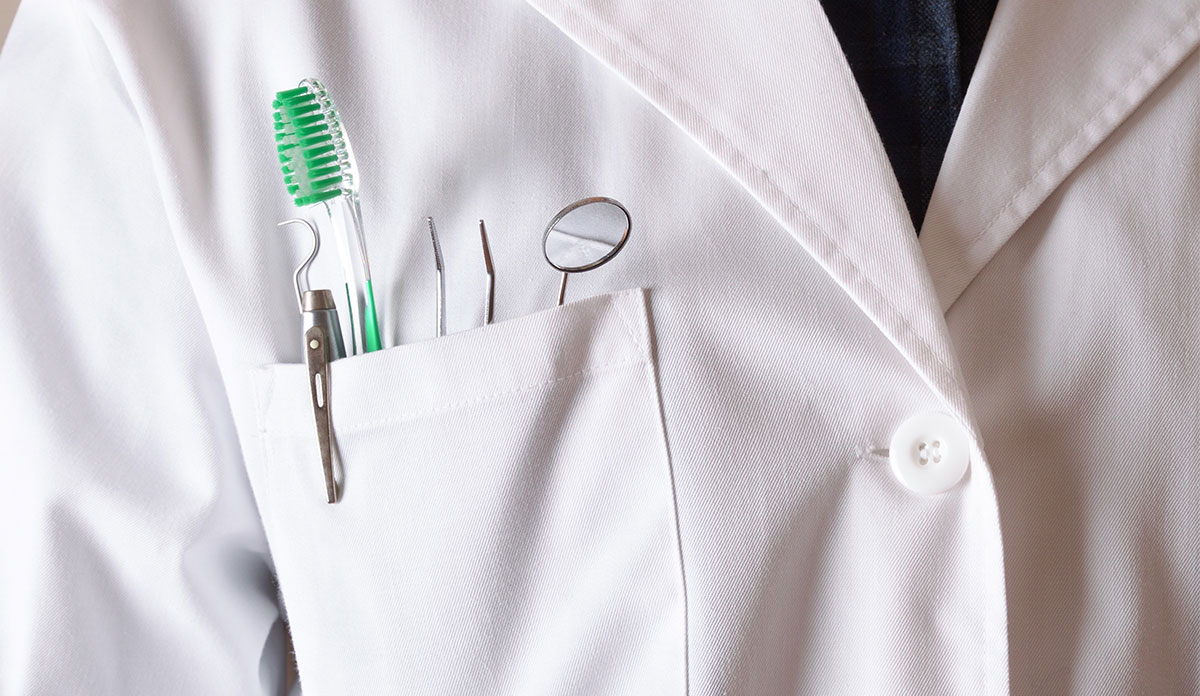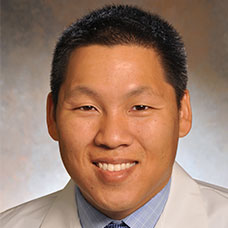US dentists prescribe opioids to patients more than 11 million times per year. Studies suggest that this prescribing occurs far more often than needed. In 2016, for example, the rate of dental opioid prescribing per 1,000 people was 50 times higher in the US than in the United Kingdom. A major reason for this discrepancy is that US dentists frequently prescribe opioids after routine procedures such as tooth extraction, even though non-opioids such as acetaminophen (Tylenol) and ibuprofen (Motrin) are safer and just as effective for pain control.
Reducing unnecessary dental opioid prescriptions is a key public health priority, as these prescriptions are an important source of opioid-related harms, including addiction, misuse, and overdose. This is particularly true for adolescents and young adults, for whom dentists are the most common prescribers of opioids. For example, in one study of privately insured adolescents and young adults without prior opioid use, dental opioid prescriptions were associated with a 5.3 percentage point higher probability of having a health care encounter for an opioid addiction diagnosis within one year. In another study of privately insured adolescents and young adults without prior opioid use, dental opioid prescriptions for wisdom teeth extraction were associated with greater risk of “persistent opioid use,” or the continued use of opioids well beyond the time when dental pain typically resolves. The risks of dental opioid prescriptions are not limited just to the patient who fills these prescriptions. Indeed, our recent study showed that opioid prescriptions for patients undergoing dental procedures are associated with increased risk of opioid overdose both in patients as well as their family members, potentially because the latter have access to patients’ medications.
Our study shows that eliminating routine opioid prescribing for one procedure alone – tooth extraction – could drastically reduce exposure to dental opioid prescriptions and their associated harms, particularly for adolescents and young adults.
To inform efforts to improve dental opioid prescribing practices, it is important to understand which dental procedures account for the most opioid prescriptions. In this vein, we conducted a study of 2013-2018 insurance claims data from privately insured and Medicaid patients aged 13-64 years. We identified 9.4 million dental procedures during the 6-year study period. A total of 2.7 million opioid prescriptions were dispensed at pharmacies within three days of these procedures. Among these 2.7 million opioid prescriptions, five procedures accounted for 95%, with one procedure – tooth extraction – accounting for two-thirds. Among adolescents and young adults age 13-25, tooth extraction accounted for almost 4 in 5 dispensed dental opioid prescriptions. In 2018, opioid prescriptions were dispensed after 45% of tooth extractions.
Our study shows that eliminating routine opioid prescribing for one procedure alone – tooth extraction – could drastically reduce exposure to dental opioid prescriptions and their associated harms, particularly for adolescents and young adults. A back-of-the-envelope calculation may be helpful to illustrate the benefits of reducing this exposure. Dentists account for 11 million opioid prescriptions each year, and about nine million of these prescriptions are for patients age 13-64 – the same age group as in our study. Based on our finding that two-thirds of dental opioid prescriptions in this age group are for tooth extraction, we estimate that this procedure accounts for approximately 6 million potentially unnecessary opioid prescriptions each year.
Avoiding these 6 million opioid prescriptions would decrease the number of people who experience common opioid-related side effects, such as vomiting, constipation, and dizziness. Moreover, our prior work suggests that the additional risk of opioid overdose associated with receiving dental opioid prescriptions is approximately 1.4 in 10,000, while the additional risk of persistent opioid use is 1.5 per 100. Consequently, if dentists stopped prescribing opioids for tooth extraction, we estimate that this would reduce the annual number of opioid overdoses by 840 and the annual number of cases of persistent opioid use by 90,000. Future research is needed to understand which quality improvement initiatives and policy interventions can reduce opioid prescribing for tooth extraction and other routine dental procedures.
Photo via Getty Images














